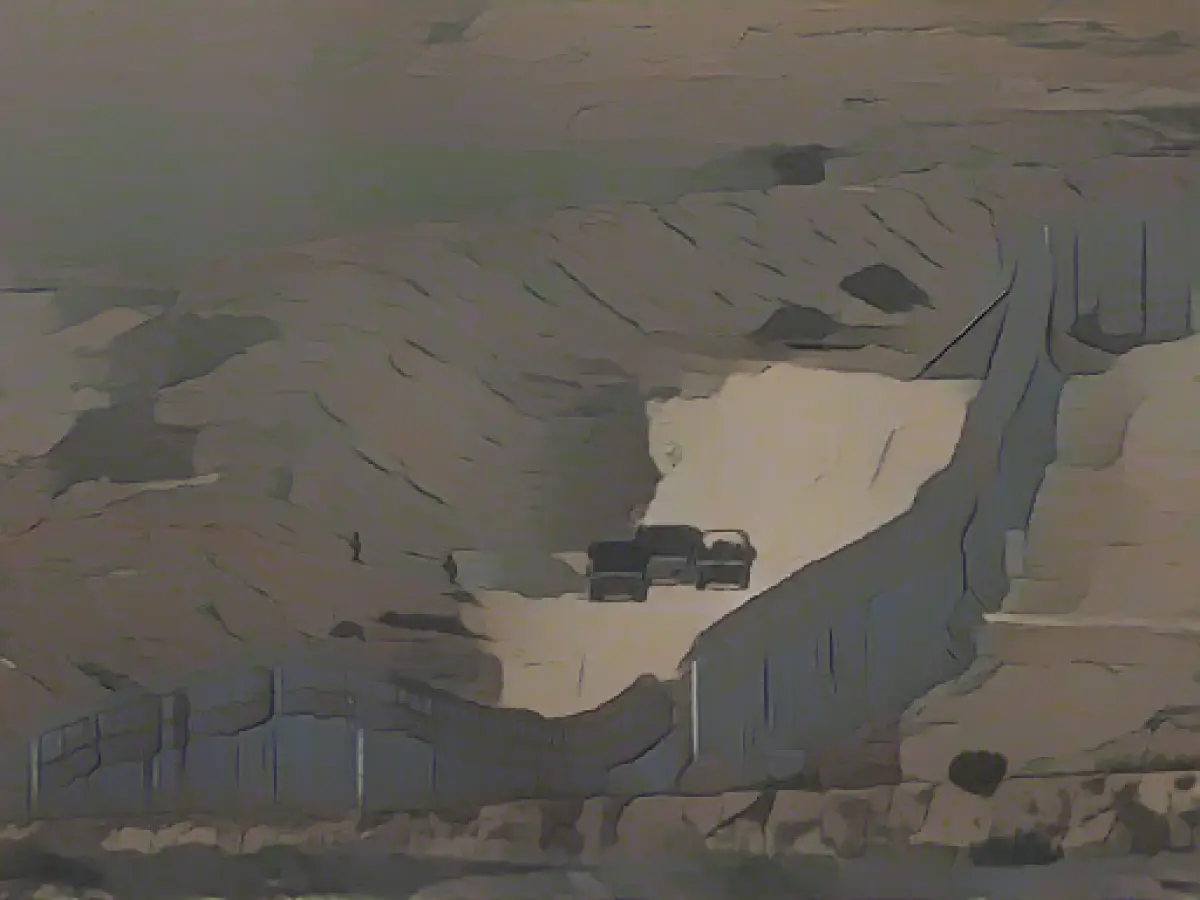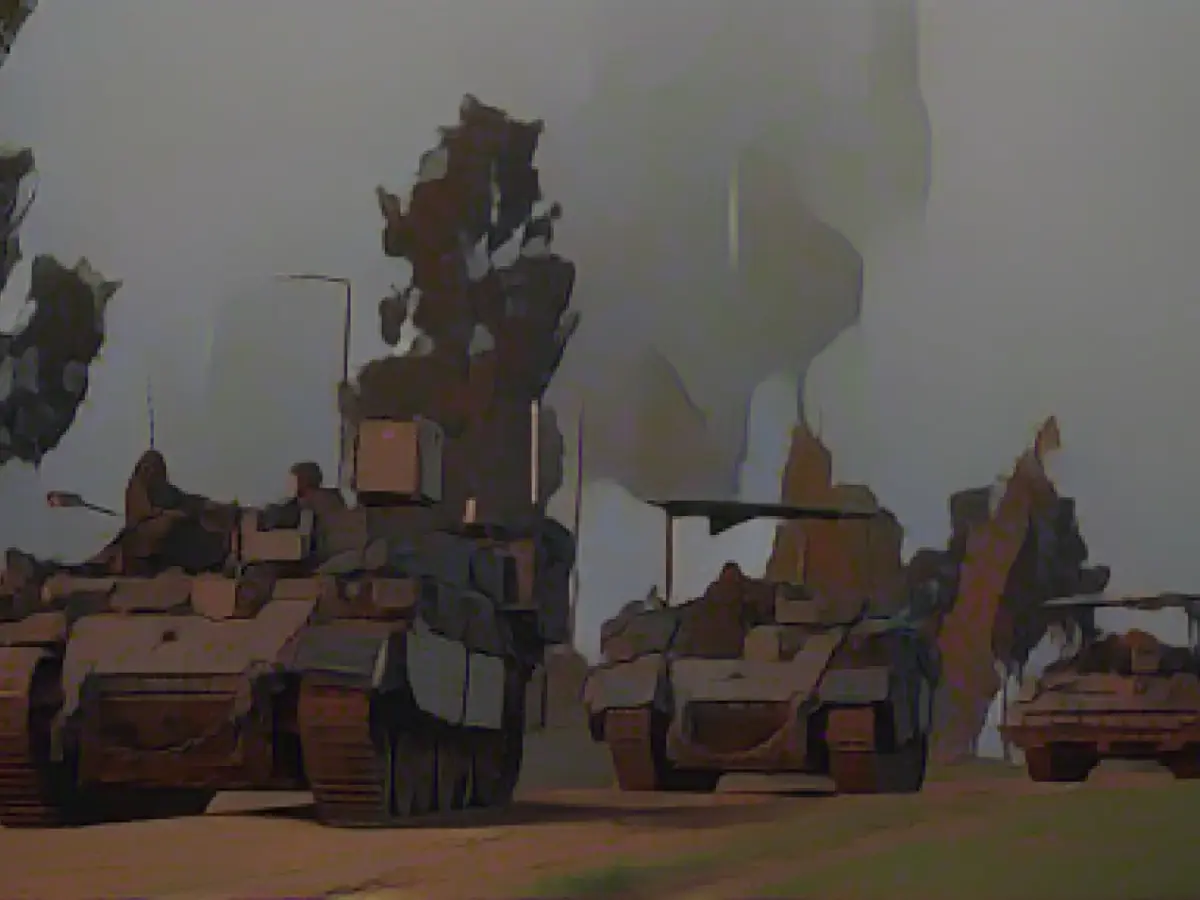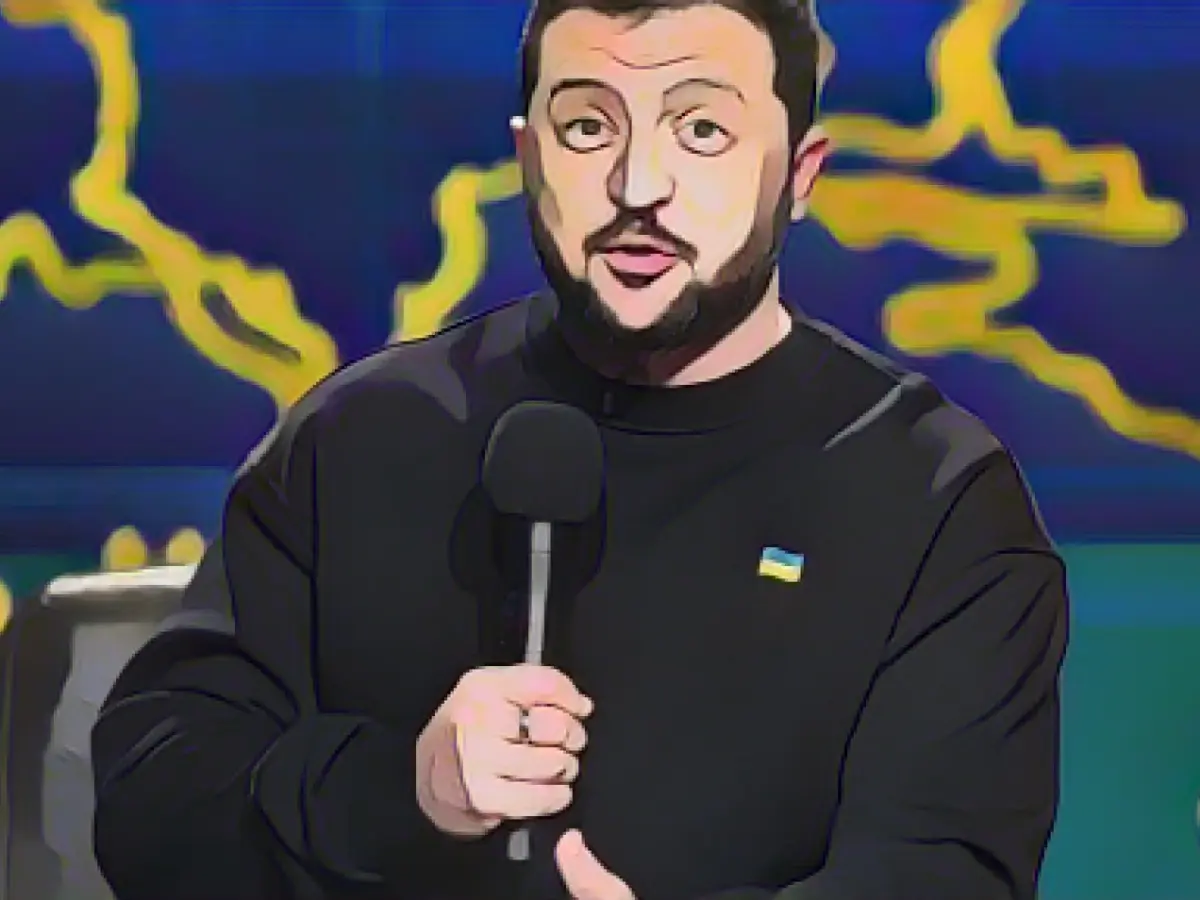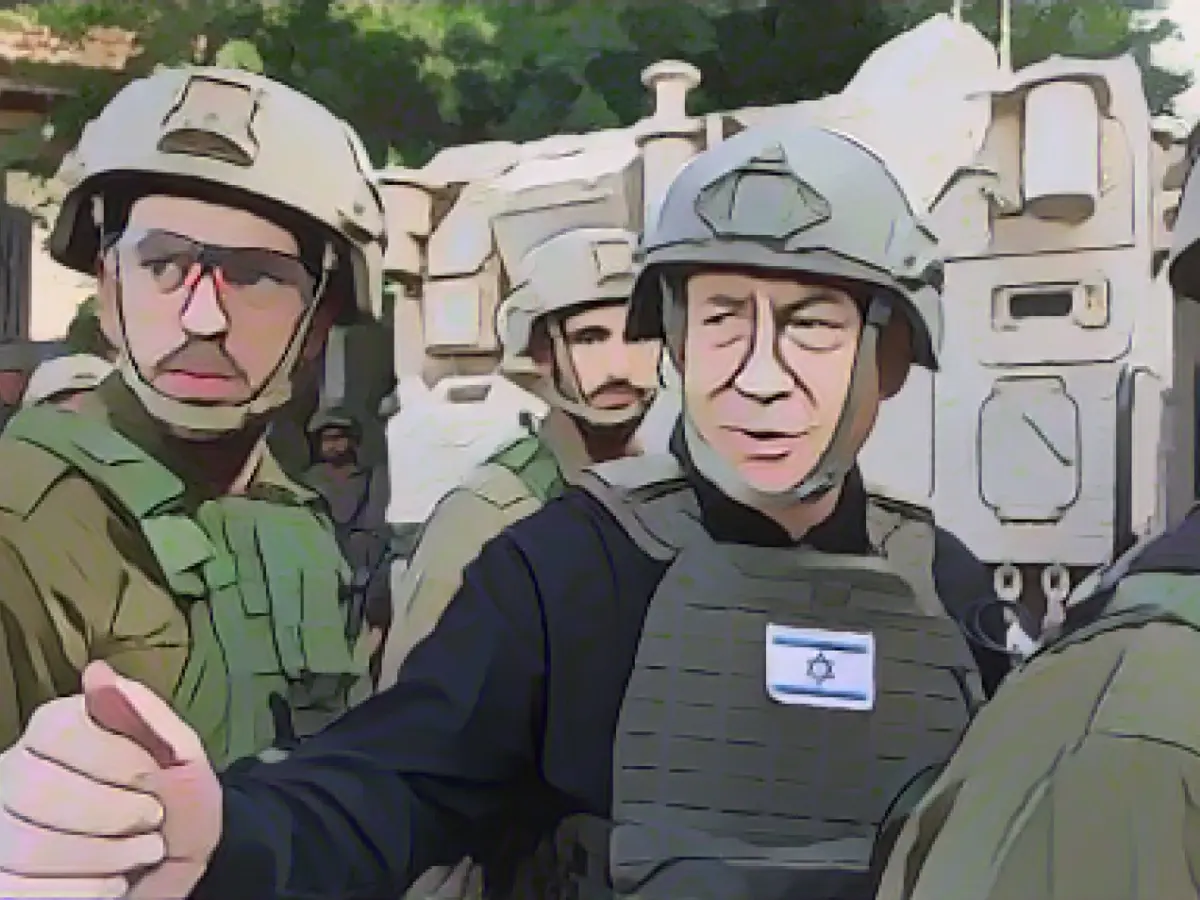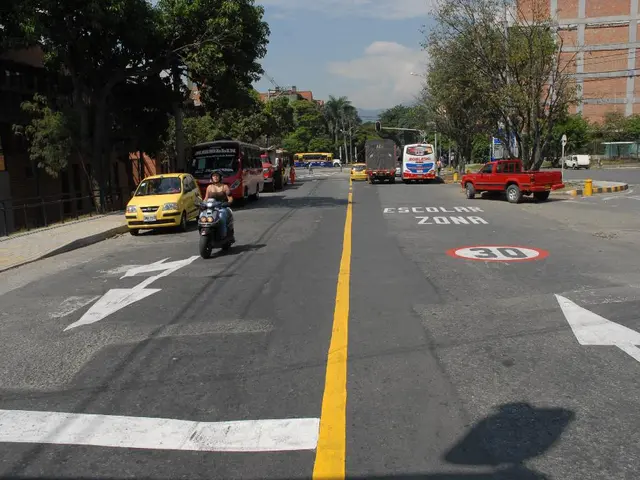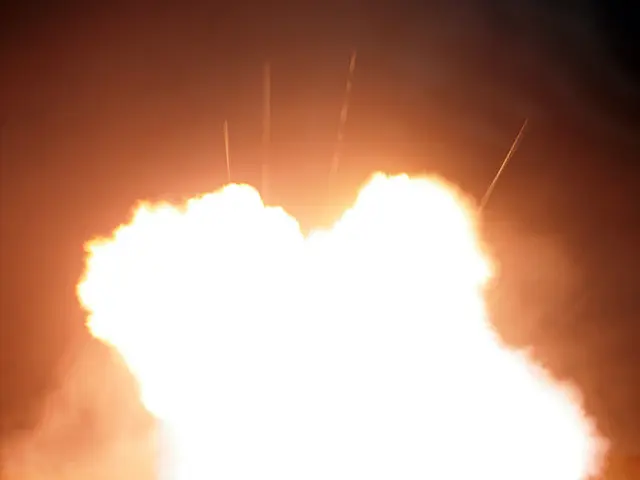Amidst the tranquility following the ceasefire between Israel and Hamas, an unsettling buzz stirred in the Israeli border communities this morning. Sirens wailed, jolting inhabitants from their slumber, as rocket alerts echoed once more. This grim reminder came weeks after a tenuous peace pact was declared, a recurring pattern observed in previous Gaza conflicts.
In the Middle East's unending dance of tensions, the shocking wake-up call served as a grim reminder that something was amiss. This chilling scenario mirrored past Gaza conflicts, where violations of ceasefires were a common occurrence at the peace deal's inception.
To understand this perpetual unease, it's crucial to examine several underlying factors:
- Despite the ceasefire, Hamas—the instigator of these conflicts—has yet to fully dismantle its military infrastructure. Concerns persist that this powerful organization might regroup and reignite its belligerent activities. Recent reports of surreptitious infiltrations, suspicious gunfire, and military alerts back up these fears.
- While Israel and Hamas agreed to a temporary truce, Hamas apparently used the peace period to rebuild tunnels and train new recruits. This continuous preparation for future aggression further complicates the fragile situation.
- Under the radar of the ceasefire agreement, an incident occurred that highlighted the struggles both parties faced. A rocket was launched from Gaza, which eventually landed within Israel, drawing an instant retaliation from the Israeli military. This incident served as a reminder that this truce was anything but smooth sailing and both sides remained on high alert.
- Israel's military enjoyed significant operational freedom, thanks to the substantial damage inflicted on Hamas's military infrastructure and the loss of around 20,000 Hamas operatives. However, this advantage doesn't necessarily mean Hamas won't attempt a second strike when it sees an opportunity to act.
- Beyond the immediate conflict, broader regional dynamics also play a role. Organizations like Hezbollah and Yemen's Houthi rebels, part of an overall regional conflict, continue to add fuel to the flames, potentially impacting Hamas's behavior.
These factors coalesce to create the ambiance of looming uncertainty, with ceasefire or no ceasefire, in the Israeli border communities.
